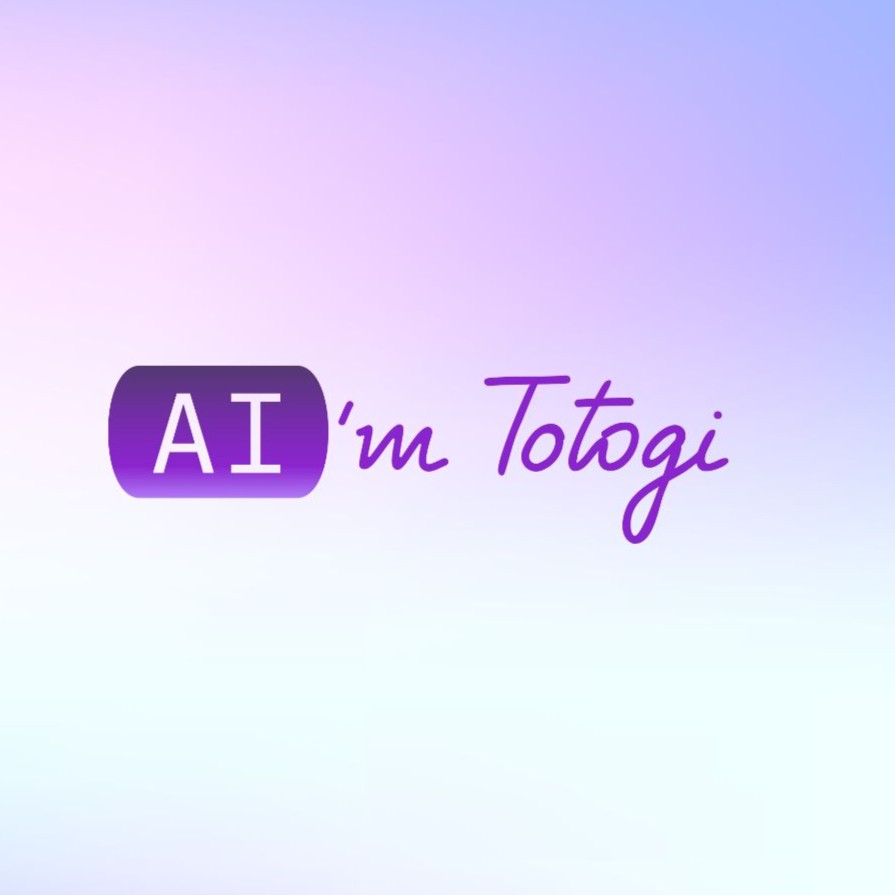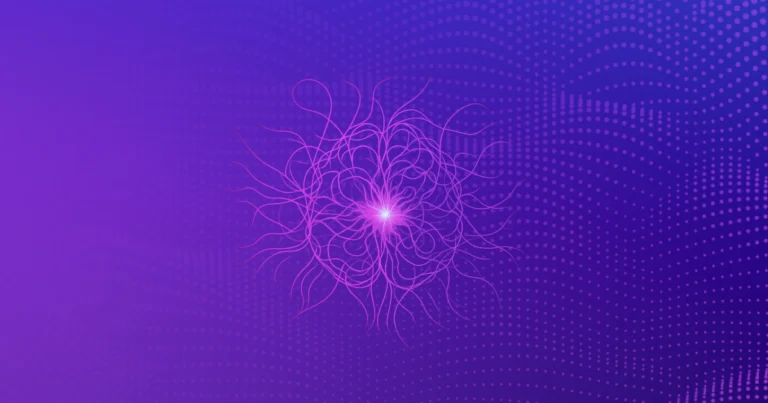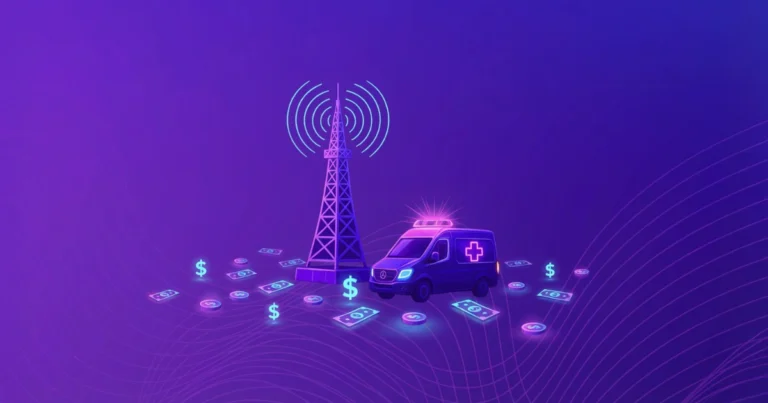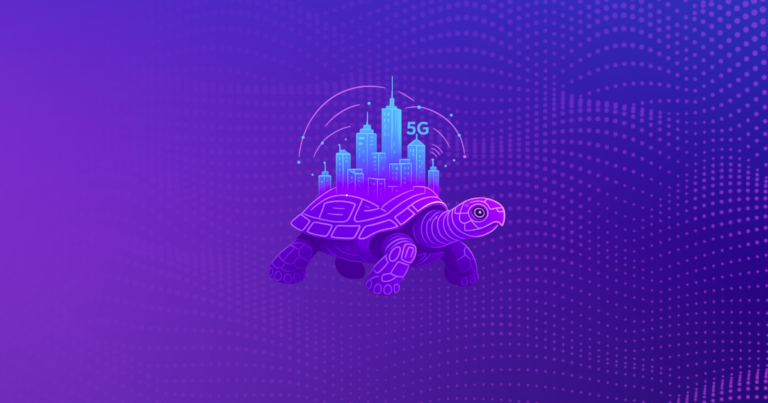Five years. That’s the timeline many telecom vendors still insist is “normal” to modernize or swap out their Business Support System (BSS). Five years of blood, sweat, and budget – often with no guarantee it’ll even work in the end. In 2025, that notion is flat-out absurd. The truth is, the five-year BSS transformation model is a relic: outdated, wildly expensive, and designed more to protect legacy vendor lock-in than to deliver value to your business. It’s time to call this what it is – a nightmare telcos no longer need to put up with.
The cost of clinging to legacy timelines
Why do five-year modernizations persist? Simple: incumbent BSS vendors built empires on them. Multi-year projects mean multi-million dollar contracts, endless consulting fees, and you locked into their ecosystem for the duration. Every custom tweak or interface along the project is another hook to keep you dependent. It’s a gravy train for them, but a dead weight for you. Telcos today spend 80% of IT budgets just on maintenance, leaving a measly 20% for actual innovation. Operators typically struggle with hundreds of BSS/OSS applications – 4,000+ across global operations in Vodafone’s case – each needing to talk to each other somehow. Swapping or upgrading even one of them is a modernization hell by design.
Sticking with legacy timelines has very real costs:
- Lost agility and opportunity: Five years is more than a full business cycle. If you start a modernization today and finish in 2029, how much market share, 5G revenue, or customer loyalty might you lose in the interim? By 2030 the BSS landscape – and your business model – will have evolved, but you’ll still be paying off yesterday’s project.
- Vendor-driven lock-in: The longer the project, the more you’re held hostage to vendor timelines and profit margins. Legacy vendors deliberately make their systems hard to replace or integrate, preserving their maintenance fees. They’ll have you believe only they can navigate the complexity (that they created in the first place). It’s an emperor-has-no-clothes situation, and it’s gone on for far too long.
- Obsolescence: Launching today something that was specified and designed 6 years ago, is very much like last month’s newspaper – nothing new there. The speed of innovation is constantly growing, and last year’s cutting edge tech has already become obsolete. An example? Consider prompt engineering – the next big thing of 2023 and early 2024. A year back it was still considered among the hottest roles, paying as high as $200K/year. Gone. Why? LLMs advanced to the degree that prompt engineering isn’t really required.
No wonder telco CIOs feel trapped. But here’s the good news: it doesn’t have to be this way anymore. A new approach is flipping the script on BSS modernization timelines and costs.
Rapid, intelligent BSS modernization is already happening
The idea that you need half a decade to overhaul BSS is outdated. Don’t take it as gospel – look at what forward-thinking operators are doing today:
- Migrations in days, not months: Think a full billing migration must take 6–12 months of planning, cutovers, and weekend war rooms? Think again. A Tier-1 mobile operator recently completed a full billing system migration in just 14 days – with zero downtime. (Yes, you read that right: two weeks to migrate all subscribers, plans, and integrations). The secret was an AI-powered telco ontology layer that auto-mapped 18 different interfaces and even validated the data in real-time. No massive data reconciliation phases, no endless UAT cycles. From start to finish, it was largely automated – and it cut total costs by 75%. Compare that to the typical 4–8 month migration slog and you see what a game-changer this is.
- 80% faster order flows: In one recent case, a Southeast Asian operator slashed its order processing time by over 80%, with AI. A process that used to take 5 minutes was cut down to under 50 seconds. How? By introducing an AI-driven ontology layer on top of their existing BSS applications and CRM. Sales reps immediately embraced the new, streamlined flow – no more clunky workarounds – which boosted upsell rates overnight. Rapid deployment of AI on top of legacy systems delivered a tangible business outcome (happy reps, happier customers, more revenue) in weeks, not years.
- Quick fixes for revenue leaks: Even complex issues can be tackled in days. A North American Tier-1 telco faced a $200,000 sales backlog due to buggy quoting logic in its CPQ tool. Traditionally, solving that would mean patching the CPQ (= increasing vendor lock-in) or migrating to a new system – either way, many months and lots of money. Instead, they deployed an AI agent in one week that sat on top of the existing CPQ, caught the errors, and auto-corrected quotes in minutes. Result: backlog cleared, revenue flowing again, no platform replacement needed. This was done as an overlay, proving you can solve legacy problems fast without waiting for the vendor or embarking on a giant migration.
Those are not vaporware promises; they happened in real telcos, in live environments. While legacy vendors are still pitching drawn-out “digital transformation” projects, these operators are reaping benefits now. The common thread in these success stories? They all leveraged an intelligent, AI-driven telco ontology layer – specifically, Totogi’s BSS Magic – to do the heavy lifting. It’s not magic in the mystical sense, of course; it’s advanced technology. But the results sure feel like magic when you’re used to the old way.
BSS Magic: A radically different path to modernization
How exactly are forward-thinking telcos pulling this off? The answer is a new breed of BSS modernization technology that throws out the old playbook. Totogi’s BSS Magic works by combining telecom-specific knowledge and expertise with AI applications to simplify IT tasks and services in even the messiest legacy environments. Here’s how it breaks the mold:
- Universal translator for telecom: At the core of BSS Magic is Totogi’s Telco Ontology – basically a rich, telecom-specific data model and knowledge graph – built by AI. Think of it as a digital Rosetta Stone for all your systems. When connected, it automatically maps each system’s disparate data and business processes to a common model. Your billing system calls a field “subscriber,” CRM calls it “customer,” another system says “account” – it doesn’t matter. BSS Magic knows they all mean the same thing and aligns them under the hood. It also understands your business processes and logic. It’s like having a highly experienced, brilliant enterprise architect who speaks every vendor’s dialect, working at AI scale & speed. This is a huge departure from past approaches that piled on middleware (and merely shifted the problem). Here, an AI-driven mapping does the understanding and translation for you. And the best part? It builds on top and extends TM forum standards, adopted by dozens of telcos around the world.
- Connect once, use forever: Instead of painstaking point-to-point integrations for each pair of systems, BSS Magic lets you connect each system once to the AI layer. After that, everything interoperates through the common ontology, which serves as “digital twin” of your entire BSS/OSS estate – including the business logic. Need a new API exposed? The AI already “knows” what the underlying data means across systems, so it can generate the needed code automatically. In a recent project, this approach took a TM Forum API implementation that would normally require each vendor to comply (a 2+ year ordeal) and finished it in one month. No waiting for vendors to implement standards – the AI layer did it, in a fraction of the time. The result is a truly composable architecture: swap components in and out, introduce new features, all without breaking integrations, because the ontology keeps the semantic glue intact.
- Data migration without ‘war rooms’: Historically, migrating data from one BSS to another is the stuff of nightmares – endless mapping of fields and formats, writing transformation scripts, hoping nothing breaks. The ontology-powered AI flips this script. It maps and matches data between systems allowing such migration to become far more plug-and-play. “It’s so important to have the right data in the right format,” notes TM Forum’s CTO – different vendors’ data schemas usually defy a common language. BSS Magic addresses this by harmonizing data structures with AI – essentially translating one vendor’s data format to another’s on the fly. In practice, that’s how you get migrations done in days. For example, in one comparison a traditional BSS upgrade data migration took six weeks, whereas with BSS Magic, a similar migration took just four days. The AI handled the heavy data lifting – mapping, cleansing, validation – so your team didn’t have to grind through spreadsheets for months. No more war-room weekends or risky big-bang cutovers; migrations can be iterative, low-risk, and automated.
- AI agents that deliver instant value: On top of the ontology layer, BSS Magic employs AI applications, like bots and agents. Think of small AI “workers” that can be set loose on specific tasks or workflows. These agents can read documentation, write code, call APIs, and essentially act like superpowered developers that never sleep. Want to streamline an order entry process (like our customers are doing)? You spin up an AI agent that understands the order workflow across all systems and let it optimize the hell out of it – suggesting upgrades, autofilling info, catching errors, whatever you need. Want to enforce a new business rule across billing, CRM, and provisioning? The AI agent understands the intent and handles the orchestration, without you having to manually code and test across 5 different platforms. This is how one operator compressed a 6-week software release cycle to just 4 days – the AI agents automated testing and coordination tasks that used to bog down every release. In short, these AI agents turbo-charge your IT ops: they cut manual effort, eliminate human error, and execute in minutes tasks that used to require cross-functional teams weeks to coordinate.
The beauty of this approach is that you don’t have to rip-and-replace your legacy BSS to get the benefits. In fact, Totogi’s mantra is “keep what works.” BSS Magic sits on top of your existing systems – no forklift upgrade needed. That means no business disruption, no risky switchovers. The AI layer bridges across old and new seamlessly, so you can modernize gradually. Meanwhile, your users (and even your customers) can get access to AI that works and start enjoying improved processes immediately – whether it’s faster order entry, more accurate data, or new self-service capabilities. The legacy vendors’ worst nightmare, essentially: delivering quick wins without buying a whole new suite from them.
Why data migration isn’t the nightmare they told you it is
Data migration has long been the boogeyman of BSS projects, often cited to justify those 5-year timelines. And for good reason – in legacy projects, mapping terabytes of subscriber and billing data from one system to another is tedious and perilous. But with an ontology-based AI layer, this headache is largely eliminated. The AI “understands” that what System A calls Plan_ID might be OfferCode in System B, and it auto-maps those relationships. It handles format differences (say, one system uses numeric IDs and another alphanumeric) so you don’t get nasty surprises after cutover. The result: data migration that used to consume 50% of a project timeline can shrink to a blip. If a full billing migration can be done in 14 days with AI, ask yourself: was the “nightmare” inherent – or was it a product of outdated methods? Spoiler: it was the latter.
From nightmare to opportunity: It’s time to act
The takeaway for telecom executives is bold and clear: You no longer have to accept BSS modernization as a slow, painful inevitability. The industry’s inertia has been broken. While the legacy vendors plan their next five-year project, you could be live with a new capability in a few weeks. This isn’t hype; it’s happening. The question is, will you seize the advantage or be left behind?
Just as importantly, this new modernization paradigm preserves what works. Maybe you’re generally happy with your billing system’s core capabilities – you just hate how inflexible and costly its maintenance and operations are. Fine, keep it! Layer on the AI-powered telco ontology and suddenly your trusty old billing engine can talk seamlessly with your modern CRM, your cloud analytics, your whatever – as part of a unified, AI-accessible environment. It’s the best of both worlds: modernize without the migraine.
The nightmare is over for those who choose a new path. Telecom executives who embrace AI-powered BSS modernization will look back and wonder why they ever tolerated the old ways. So don’t wait for 2030 to see results. The future of BSS is being built now – fast, intelligent, and yes, even enjoyable. Your five-year nightmare can end today – if you’re willing to wake up and grab the opportunity. The telco industry’s next chapter belongs to the fast movers.
Fast mover? Discover BSS Magic.





